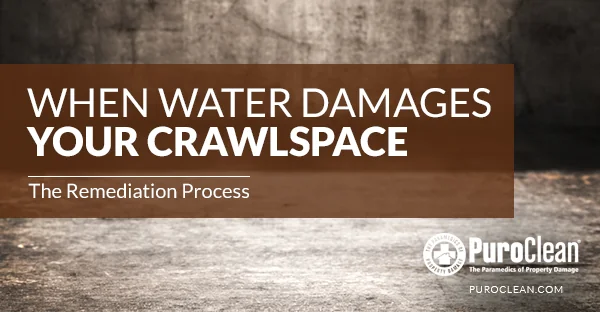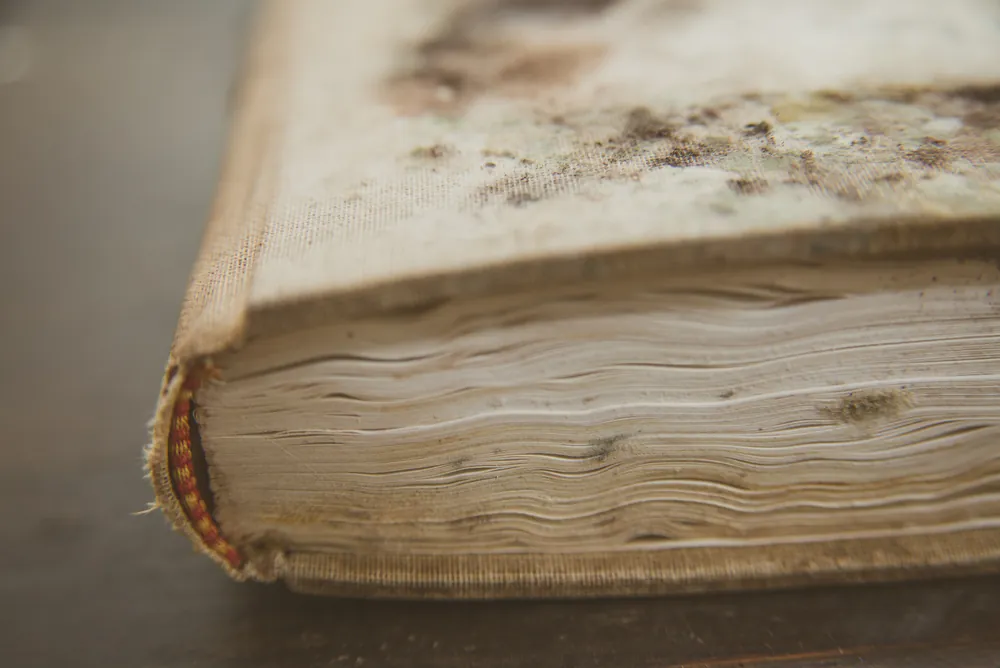 Water damage can happen in any area of your home. That includes crawlspaces – the area under a house that is surrounded by the foundation walls. Dampness in crawlspaces can occur when the vapor barriers that were installed above dirt floors to prevent moisture have been damaged or were not installed correctly in the first place. Moreover, the insulation between the floor joists above the crawlspace and the HVAC system ducting, plumbing pipes and electrical wiring can also cause moisture to store and facilitate mold growth.
Water damage can happen in any area of your home. That includes crawlspaces – the area under a house that is surrounded by the foundation walls. Dampness in crawlspaces can occur when the vapor barriers that were installed above dirt floors to prevent moisture have been damaged or were not installed correctly in the first place. Moreover, the insulation between the floor joists above the crawlspace and the HVAC system ducting, plumbing pipes and electrical wiring can also cause moisture to store and facilitate mold growth.
When affected by water, crawlspaces pose several difficulties that are best left to a qualified restoration professional. Here are some of the specifics that support our recommendation:
1. The height of a crawlspace can be as little as one foot tall, limiting accessibility.
2. Anyone entering these spaces must wear protective gear to avoid potential health hazards.
3. Before drying and dehumidifying crawlspaces, the technicians must ensure that no animals are taking refuge in the area. Any organic debris on the floor, as well as wet insulation must be removed. If any pooled water is found, it will also be removed via extraction.
4. Drying crawlspaces involves air movement. However, this can allow odors to permeate into the home. Thus, it is necessary to place air movers at the openings of the crawlspace and have them blow the air towards the outside.
5. As far as dehumidification is concerned, a desiccant dehumidifier is generally preferred. It can lower temperature and humidity levels by producing air with moisture content of about 10%. After the air gets dryer and flows appropriately, the moisture of the area will be evaporated safely and efficiently.
If you notice moisture in your crawlspace, call your local PuroClean office. Our professionals have the necessary equipment, knowledge and ability to accomplish the difficult task of drying crawlspaces.



